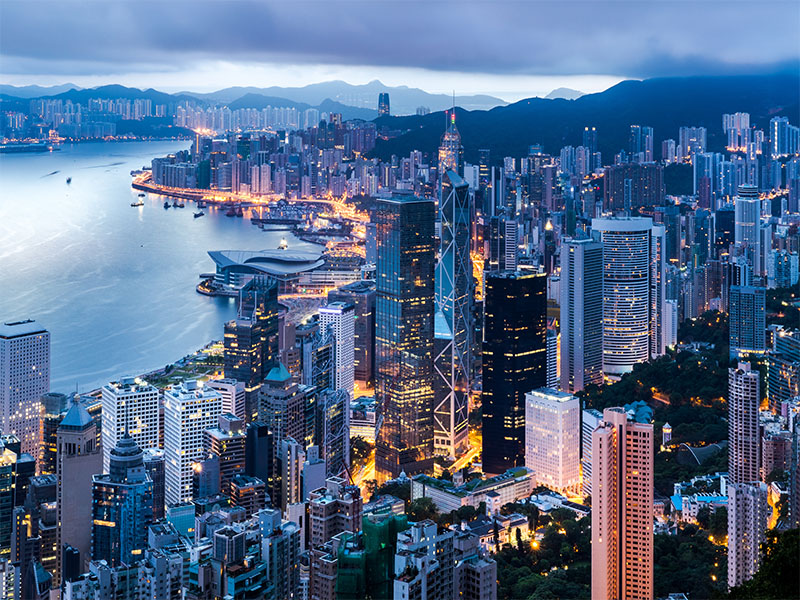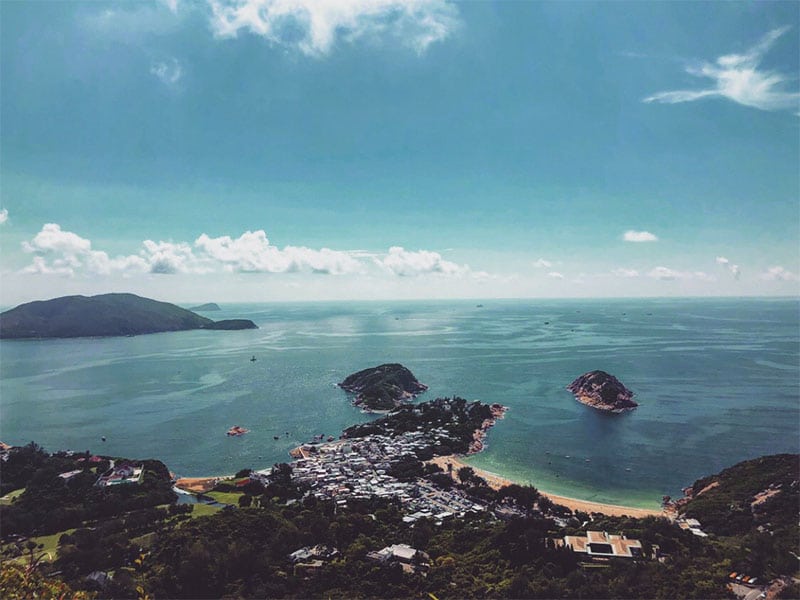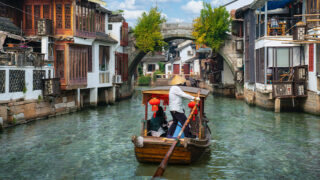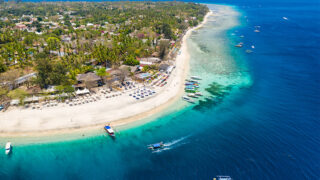If you’re ready to escape and head off for a change of scenery in Hong Kong once the travel bubble opens, here’s a list of useful facts and figures to get you started. From the best time of year to go, to interesting stats on the island and surrounds, use this info to start your planning! Once you’ve picked up the basics below, check out our list of cool things to do with kids in Hong Kong, and also details of some great hikes – ideal as the weather starts to cool down.
Do I need a visa?
Under normal circumstances, travellers from as many as 170 countries can enter Hong Kong without a visa for periods varying from a week to six months, depending on nationality. Read here for more information, and be aware of any new and current restrictions in place on account of the COVID-19 pandemic.
How long will it take me to get there?
Just under four hours from Singapore. No need to wind your clock forward or back: the time in Singapore and Hong Kong is exactly the same!

What’s the money situation?
While the official currency of the Chinese mainland is the renminbi (RMB), Hong Kong uses the Hong Kong dollar (HKD). Credit cards are widely used and ATMs are readily available. One Singapore dollar is worth around HK$5.70.
When’s the best time to visit?
Autumn is arguably the most pleasant time to be in Hong Kong, especially October and November. Winters can get colder than many visitors are expecting, and the middle of summer can be unbearably hot and humid. Spring tends to be cloudy.
What’s a tip for staying healthy in Hong Kong?
Hong Kong suffers from high levels of air pollution, which can aggravate bronchial, sinus or asthma conditions. There are various apps available for checking pollution index levels. If readings are high, try to avoid intense outdoor exercise.
What’s one useful thing to know about HK etiquette or culture?
Hong Kong Chinese tend to be reserved when it comes to body contact and may be uncomfortable with hugging, patting or kissing as a greeting.

What’s a must-try dish?
All of them! But the best place to start is with dim sum, which is synonymous with Hong Kong. The words translate as “touch your heart” – and this style of Cantonese cuisine where dishes are prepared in small portions and served in small bamboo steamer baskets or on small plates is certainly well loved!
What should I buy as a souvenir?
Chinese tea, chopsticks, fortune cats, jade.
Hong Kong by Numbers
Population: Around 7.4 million
Religion: Around 43% of the population follows a Chinese traditional religion of one form or another
• 50: The percentage of the world’s population that lives within a five-hour flight of Hong Kong
• 156: The number of years that Hong Kong was under British rule (1841-1997)
• 250: The fine, in Hong Kong dollars, for riding a horse while inebriated in Hong Kong
• 355: The number of skyscrapers above 150m in Hong Kong, more than any other city
• 957: The height, in metres, of Hong Kong’s tallest peak, Tai Mo Shan or Big Hat Mountain
• 1958: The year in which local Hong Kong resident Bruce Lee – later of martial arts movie fame – won a city-wide cha-cha dance competition
For more interesting HK trivia, try this A to Z!
Like this? Read more in our Travel section
This article first appeared in Expat Living. You can purchase a copy or subscribe so you never miss an issue!





